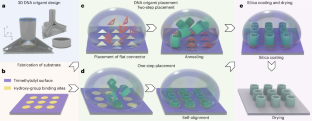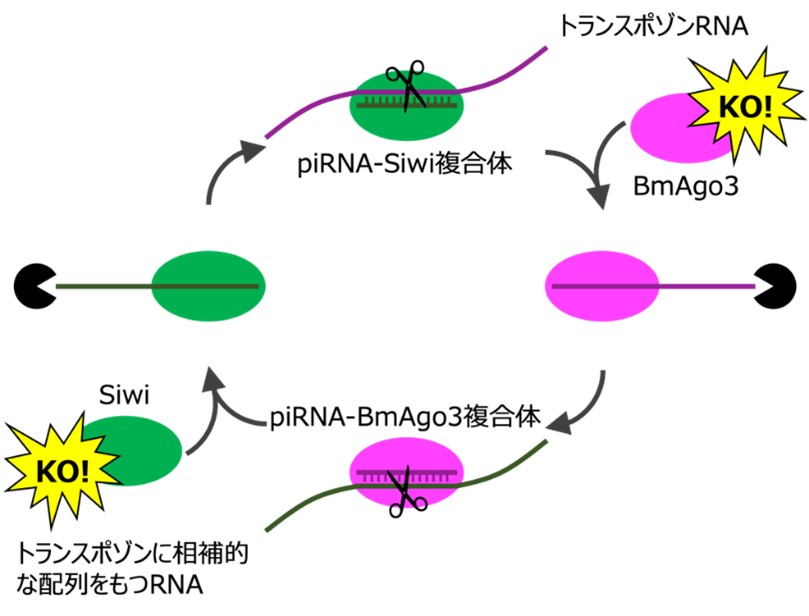LMUの研究チームは、伝統的なリソグラフィー手法とDNA折り紙の自己組織化を組み合わせ、表面に有機3Dナノ構造を作製している。 A research team from LMU is combining traditional lithographic methods with the self-organization of DNA origami to create organic 3D nanostructures on surfaces.
2023-09-25 ミュンヘン大学(LMU)
◆このプロセスはコスト効果的でクリーンルームを必要とせず、さらにシリカ層を使用して構造を保護し、高温に耐えるようにします。このDNAベースのアプローチの特徴は、分子ごとにアドレス可能であり、機能的な化学基を装備できることです。
◆この技術は、より効率的な太陽電池などの実用的な革新の可能性を提供しています。将来的には、電子移動のための指向性経路を生成することで、太陽電池の性能を最適化することが考えられています。
<関連情報>
- https://www.lmu.de/en/newsroom/news-overview/news/functional-architecture-that-builds-itself.html
- https://www.nature.com/articles/s41565-023-01487-z
3次元DNA折り紙の部位特異的配置 Site-directed placement of three-dimensional DNA origami
Irina V. Martynenko,Elisabeth Erber,Veronika Ruider,Mihir Dass,Gregor Posnjak,Xin Yin,Philipp Altpeter & Tim Liedl
Nature Nanotechnology Published:28 August 2023
DOI:https://doi.org/10.1038/s41565-023-01487-z

Abstract
The combination of lithographic methods with two-dimensional DNA origami self-assembly has led, among others, to the development of photonic crystal cavity arrays and the exploration of sensing nanoarrays where molecular devices are patterned on the sub-micrometre scale. Here we extend this concept to the third dimension by mounting three-dimensional DNA origami onto nanopatterned substrates, followed by silicification to provide hybrid DNA–silica structures exhibiting mechanical and chemical stability and achieving feature sizes in the sub-10-nm regime. Our versatile and scalable method relying on self-assembly at ambient temperatures offers the potential to three-dimensionally position any inorganic and organic components compatible with DNA origami nanoarchitecture, demonstrated here with gold nanoparticles. This way of nanotexturing could provide a route for the low-cost production of complex and three-dimensionally patterned surfaces and integrated devices designed on the molecular level and reaching macroscopic dimensions.

